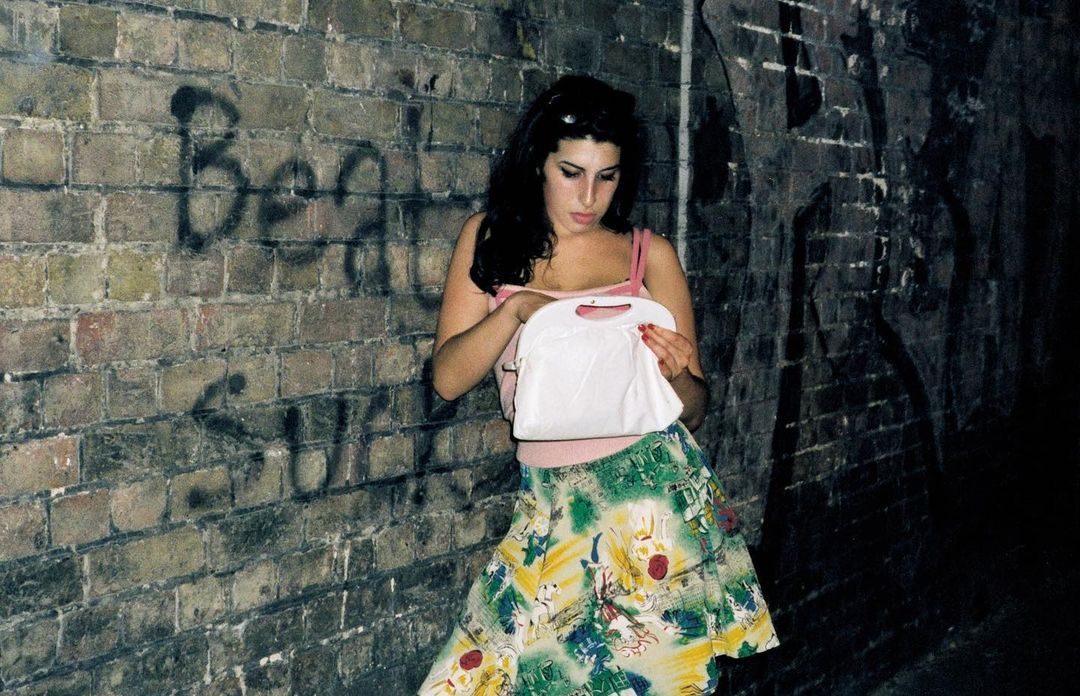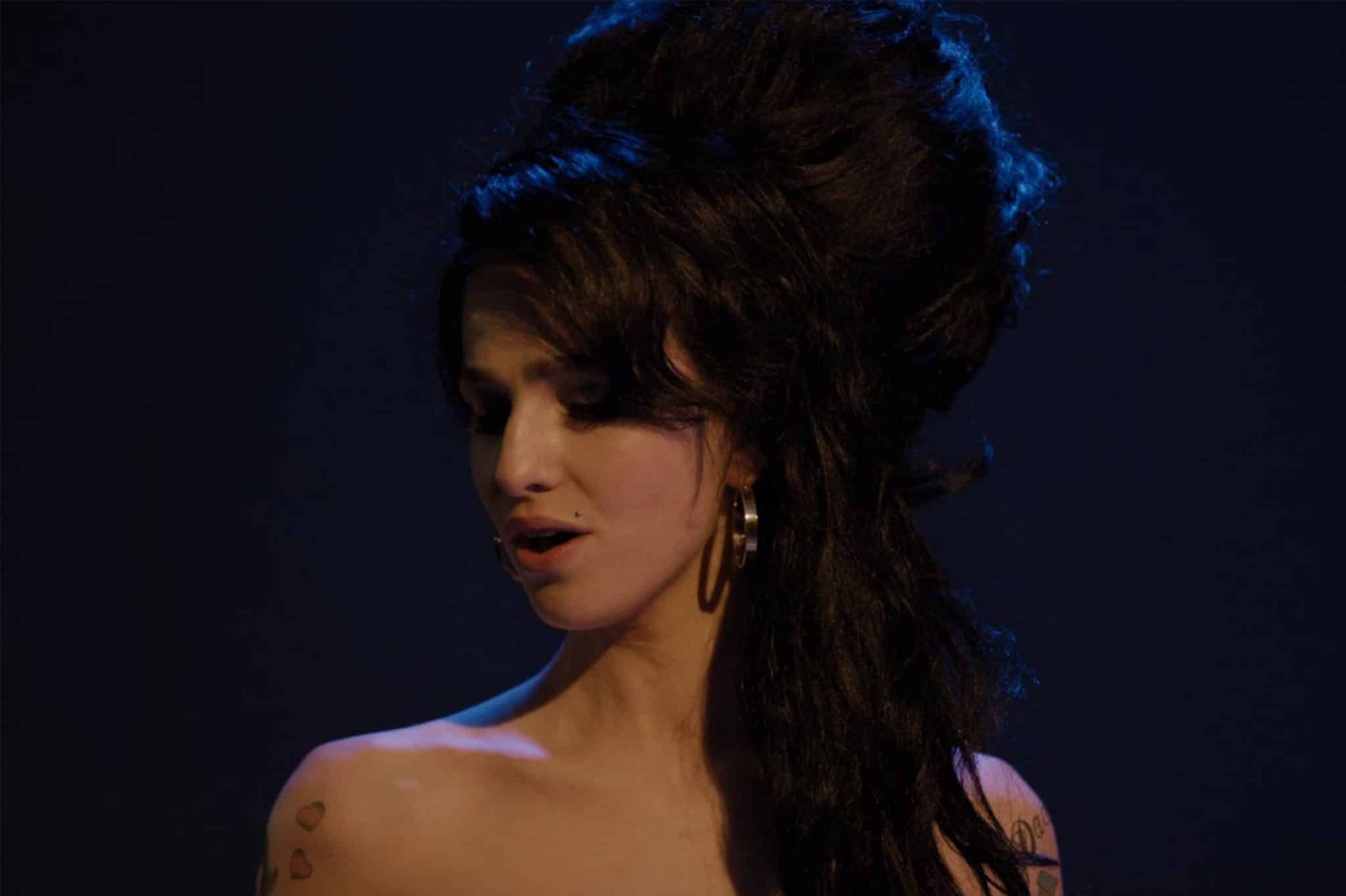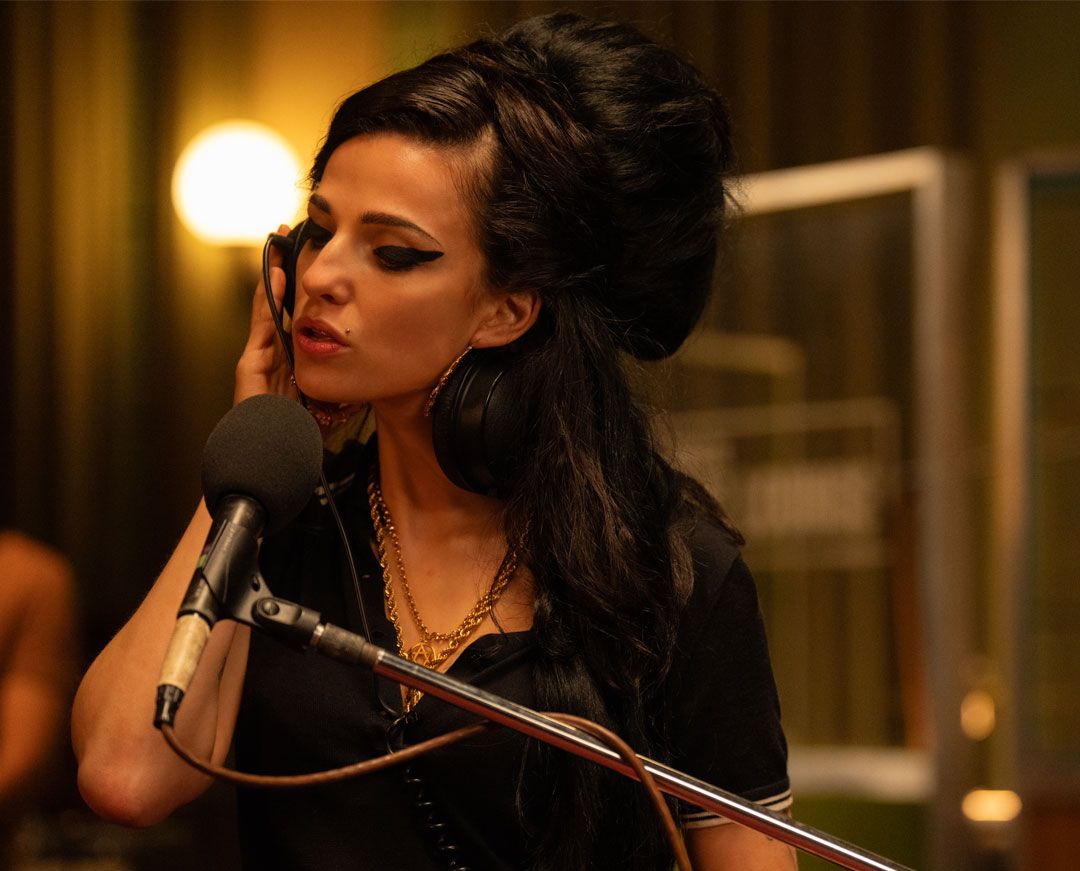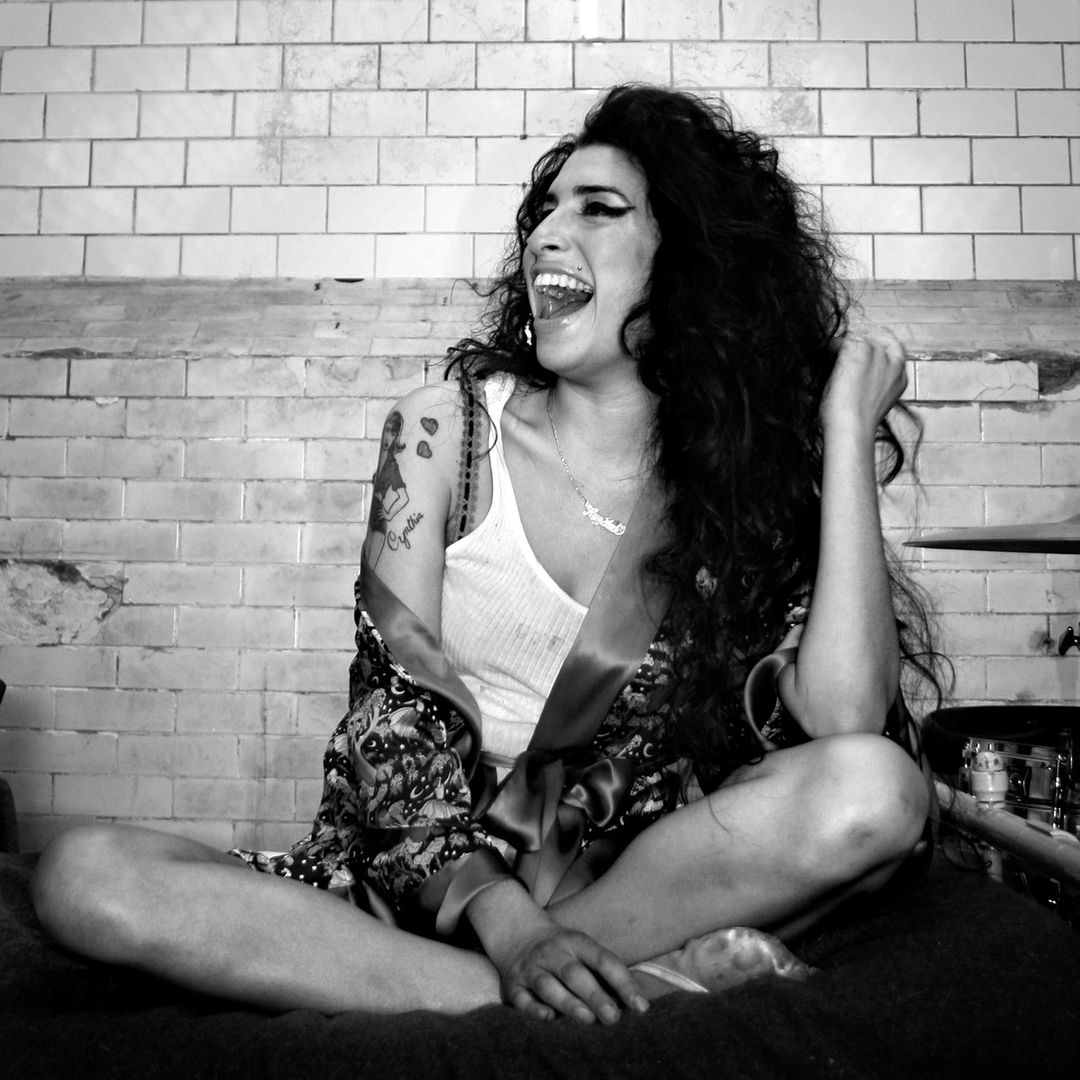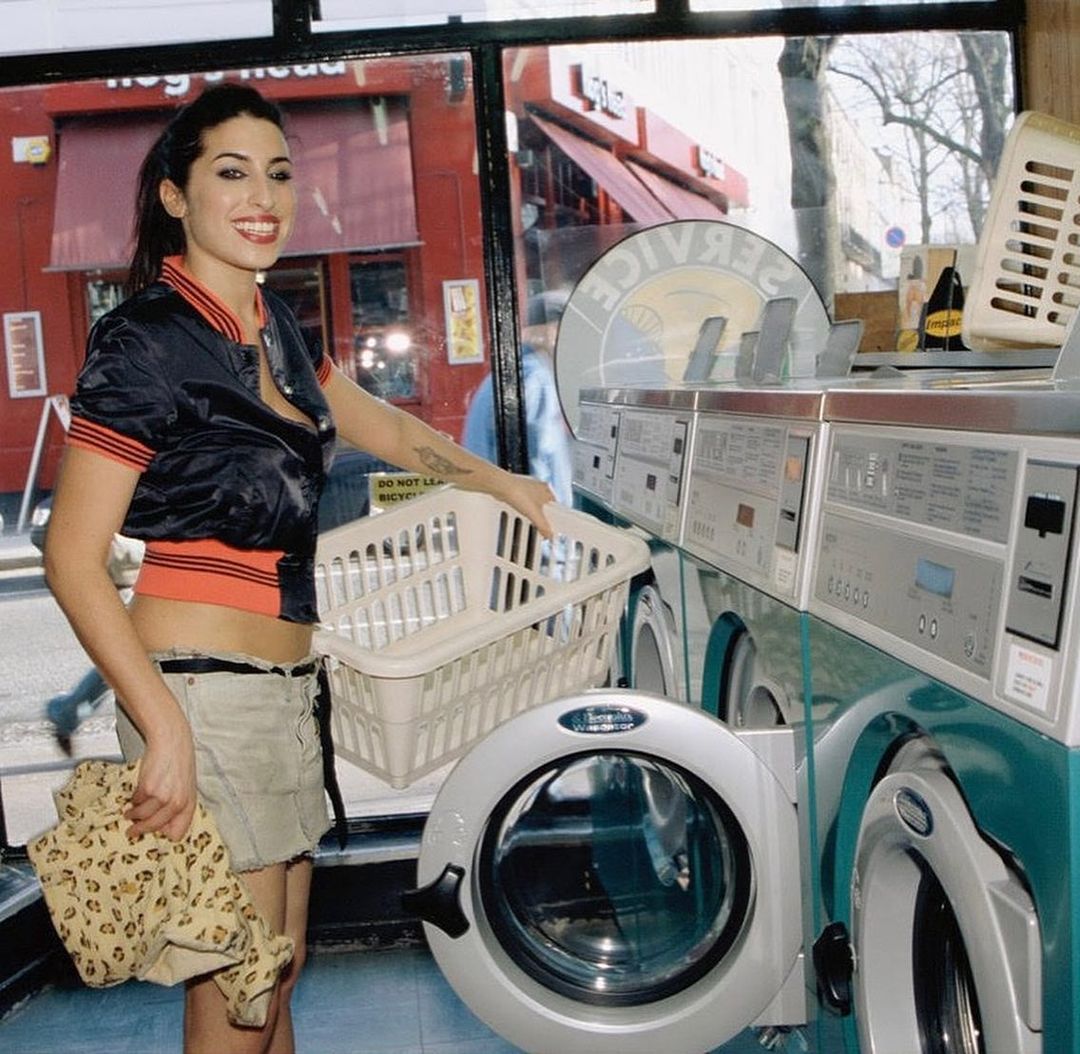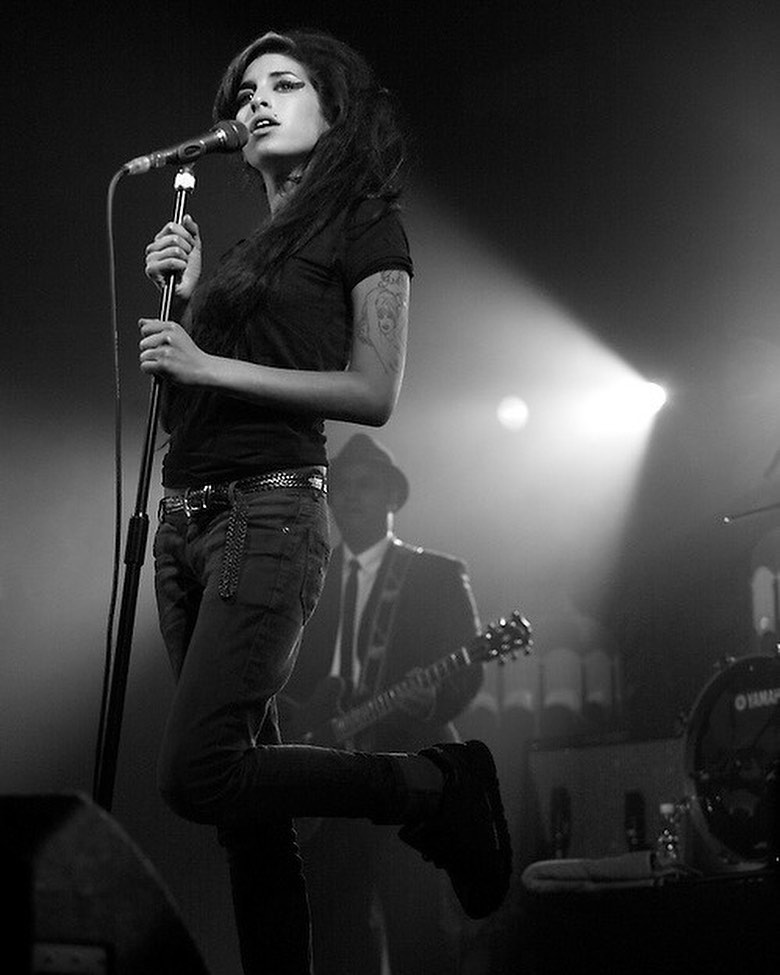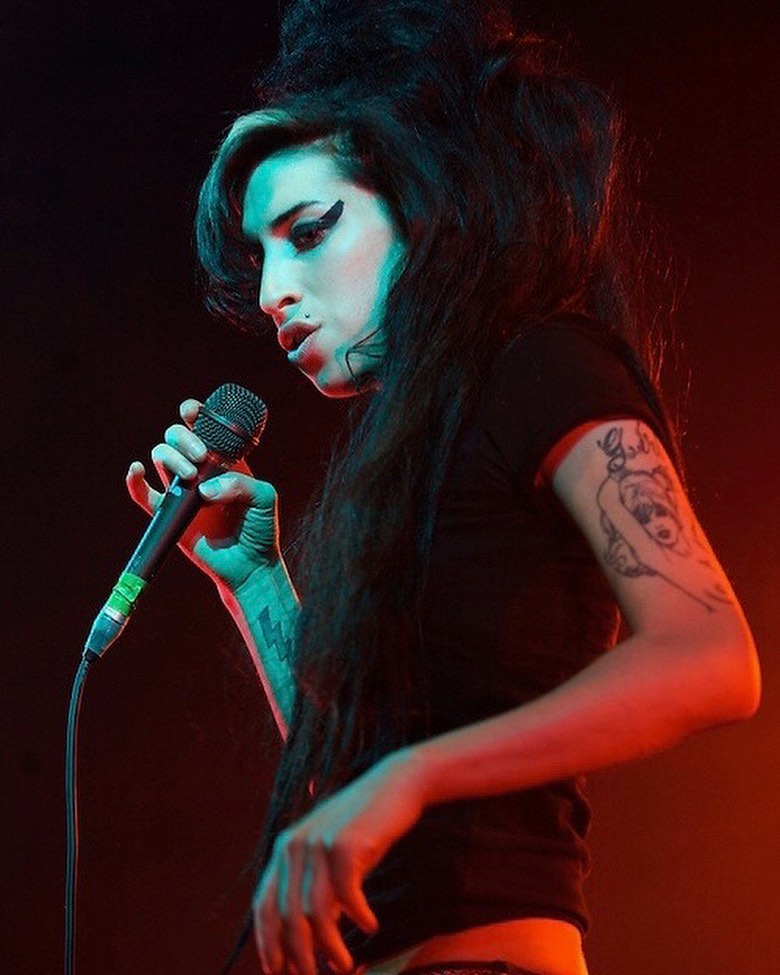The film revisits the singer’s unforgettable moments at the 2008 Grammy Awards and Glastonbury Festival. Amy Winehouse was a fierce Londoner with a distinct presence and a soulful voice that left her peers in the dust. Trained with the National Youth Jazz Orchestra and nurtured on the classics of Aretha Franklin and Ray Charles, her musical prowess was steeped in a deep reverence for the craft. This genuine passion, coupled with her undeniable talent, made her the U.K.’s best-selling female artist by 23.
Critics and fans lauded her as a “once in a generation” talent – and they were right. Her signature growl, rivaling Louis Armstrong’s trumpet, fused blues, jazz, soul, and rock into a contemporary blend uniquely hers. Yet, her limitless potential was tragically curtailed by a highly publicized battle with substance abuse. Winehouse passed away on July 23, 2008, at 27, leaving an indelible mark on music history.
The new biopic “Back to Black” seeks to reexamine Winehouse’s legacy through a dramatized lens, exploring her upbringing, influences, successes, and struggles. Directed by Sam Taylor-Johnson (“Fifty Shades of Grey,” “Nowhere Boy”), the film highlights key moments in her career, including her brilliant performance at the 50th Grammy Awards in February 2008. Rising star Marisa Abela steps into Winehouse’s shoes, taking on the challenging task of performing her iconic songs. The film recreates two significant sets: her Grammy performance and her appearance at the Glastonbury Festival, each pivotal in shaping her legacy nearly two decades later.
“Back to Black” was Winehouse’s sophomore album, following her 2003 debut “Frank.” While her debut sold over a million copies in the U.K., 2006’s “Back to Black” was both raw and polished – the work of a maturing artist. The album made her an international sensation, selling over 16 million copies and earning her six nominations at the 50th Grammy Awards.
Due to visa issues, she couldn’t attend the ceremony in person. Although U.S. officials reversed their initial denial, Winehouse, who had recently entered rehab, was unable to prepare for a Los Angeles performance. Instead, she left the facility temporarily to perform via satellite from a studio in London.
The intimate setting of a jazz club suited her style better than the vast Staples Center. During the live broadcast, she delivered a stunning rendition of “You Know I’m No Good,” seamlessly transitioning into “Rehab.” Winehouse was in her element, moving to the sultry tunes like a curl of smoke, adding spontaneous inflections with ease. She alternated between staccato crooning and joyful shrieks, acknowledging her loved ones in the process.
Her performance was electric, bolstered by a stellar band featuring brazen brass horns and dynamic backup singers. Taylor-Johnson brought the same band into “Back to Black,” ensuring authenticity in the film’s portrayal of the Grammys performance. “It was priceless but also so emotional to have those guys on set,” Taylor-Johnson remarked.
Winehouse won five awards that night, joining the ranks of Lauryn Hill and Alicia Keys as female artists with such victories in a single evening. She beat a pre-“Fearless” Taylor Swift for Best New Artist and secured Song of the Year for “Rehab.” Her Record of the Year win, announced by Natalie Cole and Tony Bennett, one of her idols, became a historic moment. Her reaction – wide-eyed, gripping the mic stand, and stunned – remains iconic. Surrounded by her jubilant band and family, she celebrated, although her husband, Blake Fielder-Civil, was notably absent due to incarceration.
“For my Blake, my Blake, incarcerated,” Winehouse said in her acceptance speech, also crediting Mark Ronson, her collaborator on “Rehab,” who is absent from the film. Watching the clip repeatedly evokes strong emotions, showcasing Winehouse’s humility, authenticity, and joy.
Following her Grammy triumph, Winehouse’s notoriety soared, but so did her personal struggles. Her highly publicized drinking, drug use, and erratic behavior worsened with increased paparazzi attention, impacting her live performances.
This instability was evident at the 2008 Glastonbury Festival, depicted in “Back to Black.” Headlining alongside Jay-Z, James Blunt, and Martha Wainwright, Winehouse performed on June 28. Tens of thousands gathered at the Pyramid Stage, where her set began promisingly with “Addicted” and “Just Friends.”
However, the mood soured when she mentioned her incarcerated husband before singing “Back to Black.” “My husband is out of jail in two weeks,” she announced, reacting sharply to jeers from the crowd.
From there, her performance deteriorated. She stumbled through her set, made bizarre comments, and by the time she closed with “Rehab,” she was slurring lyrics at the barricade while fans grabbed at her. Later, she threw punches at audience members, leading to her being escorted off by security.
It wasn’t her first troubled performance, nor her first at Glastonbury. After a minor debut in 2004, her 2007 performance was acclaimed and commemorated with a live album in 2022. Yet, by 2008, expectations were marred by morbid rumors, encapsulating the grim public sentiment surrounding her.
The stark contrast between her Grammy triumph in February and her faltering Glastonbury set four months later underscores Winehouse’s turbulent journey. “Back to Black” highlights these pivotal performances, painting a portrait of an artist both celebrated and troubled, destined for greatness yet haunted by demons.
These moments reflect Winehouse’s duality – decorated and dismissed, adored and deride and serve as poignant reminders of a talent lost too soon.
